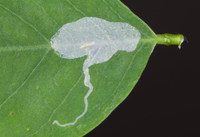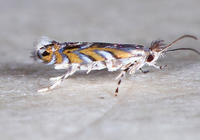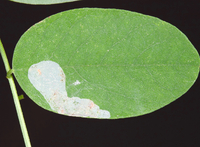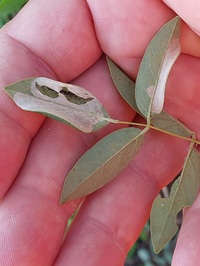
| Recorded by: Mark Basinger on 2025-10-01
Hoke Co.
Comment: | 
| Recorded by: Mark Basinger on 2025-10-01
Hoke Co.
Comment: |
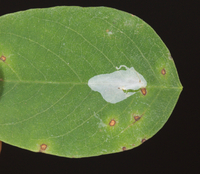
| Recorded by: Jim Petranka, Marilyn Westphal and Becky Elkin on 2025-08-17
Henderson Co.
Comment: Occupied mine was in a Black Locust leaflet. | 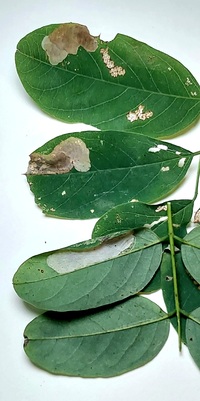
| Recorded by: Mark Basinger on 2025-08-15
Ashe Co.
Comment: |

| Recorded by: David George, Kevin Bischof, Rich Teper, Patrick Coin on 2025-08-15
Transylvania Co.
Comment: | 
| Recorded by: Mark Basinger on 2025-07-14
Richmond Co.
Comment: |

| Recorded by: Mark Basinger on 2025-07-14
Richmond Co.
Comment: | 
| Recorded by: Mark Basinger on 2025-07-14
Scotland Co.
Comment: |
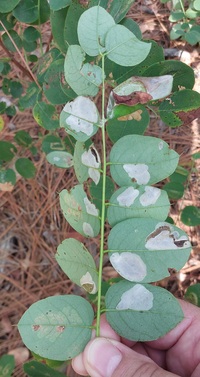
| Recorded by: Mark Basinger on 2025-07-14
Scotland Co.
Comment: | 
| Recorded by: Jim Petranka, Mark Basinger and Becky Elkin on 2025-06-26
Mitchell Co.
Comment: |
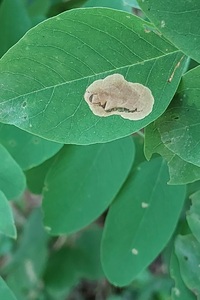
| Recorded by: Mark Basinger, Jim Petranka, and Becky Elkin on 2025-06-26
Mitchell Co.
Comment: | 
| Recorded by: Mark Basinger on 2025-06-22
Buncombe Co.
Comment: |

| Recorded by: Mark Basinger on 2025-06-05
Wilson Co.
Comment: | 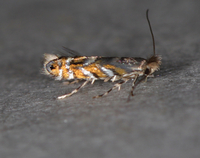
| Recorded by: Jim Petranka on 2025-05-19
Cumberland Co.
Comment: One of four specimens that were reared from Robinia nana. Mines collected on May 9; first adult on May 18. |
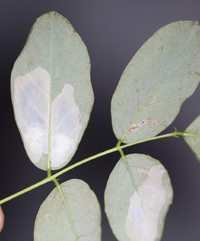
| Recorded by: Jim Petranka, Becky Elkin, Tracy Feldman, David George, Jeff Niznik and John Petranka. on 2025-05-09
Cumberland Co.
Comment: | 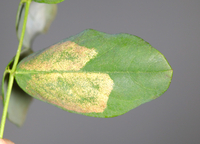
| Recorded by: Jim Petranka, Becky Elkin, Tracy Feldman, David George, Jeff Niznik and John Petranka. on 2025-05-09
Cumberland Co.
Comment: |
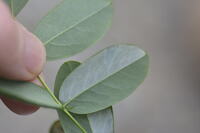
| Recorded by: Tracy Feldman, David George on 2025-05-09
Cumberland Co.
Comment: | 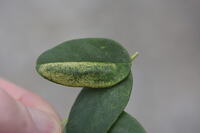
| Recorded by: Tracy Feldman, David George on 2025-05-09
Cumberland Co.
Comment: |
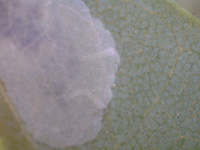
| Recorded by: Tracy Feldman, David George on 2025-05-09
Cumberland Co.
Comment: | 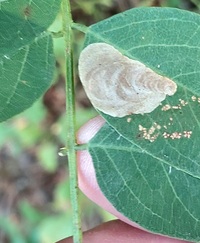
| Recorded by: Mark Basinger on 2024-09-21
Buncombe Co.
Comment: |

| Recorded by: Mark Basinger on 2024-09-06
Wilson Co.
Comment: | 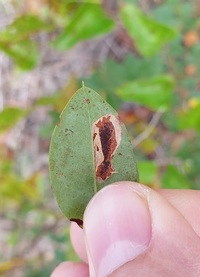
| Recorded by: Mark Basinger on 2024-09-02
Bladen Co.
Comment: |
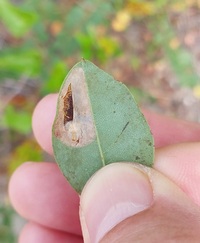
| Recorded by: Mark Basinger on 2024-09-02
Bladen Co.
Comment: | 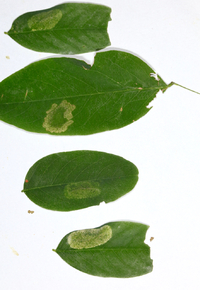
| Recorded by: Jim Petranka on 2024-07-19
Madison Co.
Comment: |

| Recorded by: Ken Kneidel on 2023-10-14
Burke Co.
Comment: | 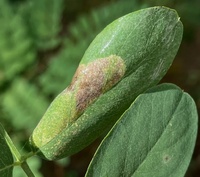
| Recorded by: Ken Kneidel on 2023-10-14
Burke Co.
Comment: |

| Recorded by: Jim Petranka, Becky Elkin and Bo Sullivan on 2023-08-09
Ashe Co.
Comment: | 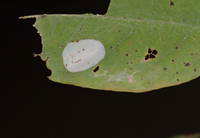
| Recorded by: Jim Petranka, Becky Elkin and Bo Sullivan on 2023-08-08
Wilkes Co.
Comment: |

| Recorded by: David George, Stephen Dunn, Jeff Niznik on 2023-07-31
Macon Co.
Comment: | 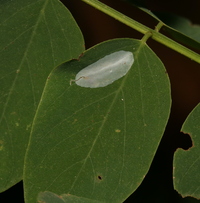
| Recorded by: David George, Stephen Dunn, Jeff Niznik on 2023-07-31
Swain Co.
Comment: |
|

 »
»